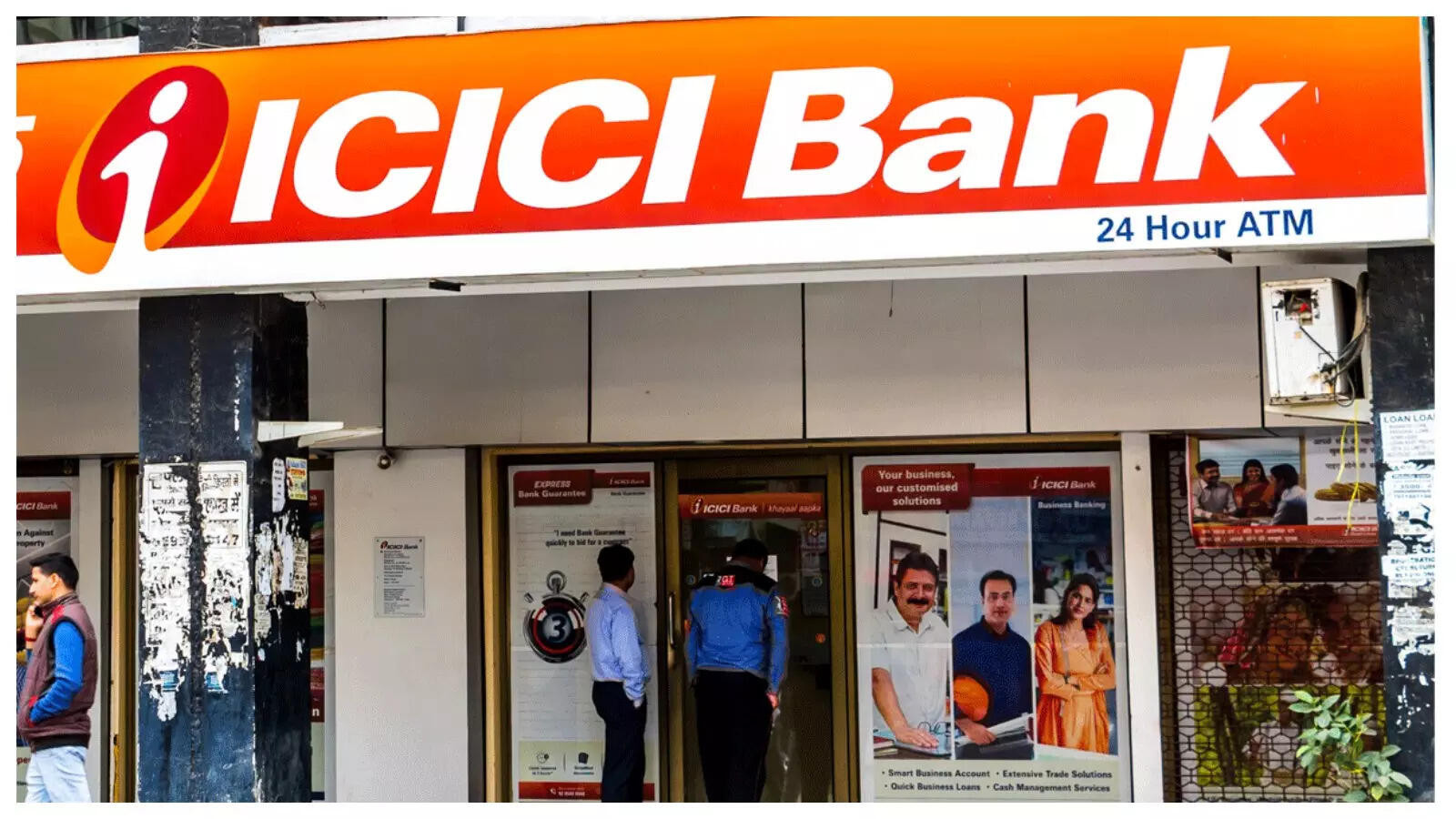HDFC Bank and ICICI Bank both reported robust earnings growth for the June 2025 quarter, fueled by increased interest and non-interest income. HDFC Bank announced a bonus issue and dividend, with net profit rising 12.2%. ICICI Bank’s net profit grew by 15.4%, driven by income growth, while both lenders expressed caution regarding margin pressures and certain retail lending segments.
Banking on Success: HDFC and ICICI Bank Reveal Impressive Q1 Growth
The Indian banking sector seems to be hitting its stride, judging by the recent Q1 reports from HDFC Bank and ICICI Bank. Both giants have announced robust earnings, painting a picture of strong financial performance and strategic growth. But what exactly fueled this impressive quarter, and what does it mean for the broader economic landscape? Let’s dive into the details.
A Quarter of Record Profits
For HDFC Bank, the numbers speak for themselves. The bank reported a substantial increase in net profit, driven by healthy growth in net interest income and strategic management of operating expenses. This isn’t just incremental growth; it’s a clear indication of a well-oiled machine operating at peak efficiency. The bank’s ability to navigate the complexities of the current economic climate while simultaneously expanding its reach is a testament to its strong leadership and adaptable strategies.
Similarly, ICICI Bank delivered a stellar performance, showcasing a significant leap in its profit margins. Several factors contributed to this surge, including a rise in both net interest income and fee income. Furthermore, the bank has demonstrated a commitment to asset quality, resulting in lower provisions for bad loans. This prudent approach to risk management has undoubtedly boosted investor confidence and contributed to the bank’s positive trajectory. This strong growth in the banking sector can be beneficial to various facets of life, including making it easier for people to obtain home loans.
Decoding the Drivers of Growth
So, what’s behind these impressive figures? Several key factors appear to be at play. Firstly, the overall economic recovery in India is creating a more favorable environment for banks. As businesses expand and consumer spending increases, demand for credit and financial services naturally rises. Secondly, both HDFC Bank and ICICI Bank have focused on expanding their digital capabilities, allowing them to reach a wider customer base and offer more convenient services. This digital transformation is not just a trend; it’s a strategic imperative in today’s rapidly evolving financial landscape.

Furthermore, proactive measures taken by these banks to improve asset quality have played a crucial role. By carefully managing their loan portfolios and reducing non-performing assets, they’ve been able to strengthen their balance sheets and free up capital for further growth. This disciplined approach to risk management is essential for sustainable success in the banking industry. This focus on prudent management suggests an underlying health to the Indian market and economy.
Navigating the Challenges Ahead
While the current outlook appears bright, it’s important to acknowledge the potential challenges that lie ahead. Rising interest rates, global economic uncertainty, and increasing competition from fintech companies are just some of the factors that could impact the banking sector in the coming months. The ability of HDFC Bank and ICICI Bank to adapt to these challenges will be crucial for maintaining their growth momentum.
One area to watch is the impact of inflation on consumer spending and business investment. If inflation continues to rise, it could dampen demand for credit and put pressure on banks’ profitability. Additionally, the increasing prevalence of cyber threats poses a significant risk to the financial industry, requiring ongoing investments in cybersecurity infrastructure and expertise. For those in need of home loans, this could have the impact of creating more cautious requirements.
The Bigger Picture: Implications for the Indian Economy
The strong performance of HDFC Bank and ICICI Bank has positive implications for the broader Indian economy. It signals a healthy financial system that is capable of supporting economic growth and development. As major lenders, these banks play a vital role in providing credit to businesses and consumers, facilitating investment and consumption. Furthermore, their success contributes to job creation and increased tax revenue, benefiting the entire nation. The strong financial health also gives these banks increased flexibility, allowing them to invest in projects like eco-friendly banking initiatives.
These positive results also underscore the effectiveness of regulatory policies and reforms implemented by the Reserve Bank of India (RBI). These measures have helped to strengthen the banking sector, improve transparency, and promote financial stability. Continued collaboration between the government, regulators, and financial institutions is essential for ensuring a resilient and thriving financial ecosystem. You can learn more about related economic trends and analysis here on our site.
Banking on the Future
The Q1 results of HDFC Bank and ICICI Bank are undoubtedly impressive, reflecting strong leadership, strategic planning, and a favorable economic environment. While challenges remain on the horizon, these banks have demonstrated their ability to navigate complexities and deliver consistent growth. This not only benefits their shareholders but also contributes to the overall health and prosperity of the Indian economy. Their continued success is crucial for fueling economic development, supporting businesses, and empowering consumers. Whether this growth will continue remains to be seen, but the initial signs are pointing toward the continued strength and expansion of the Indian financial sector.






